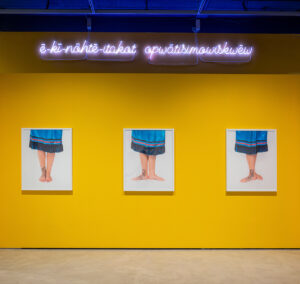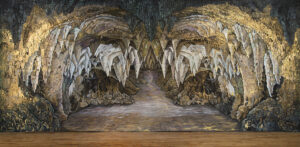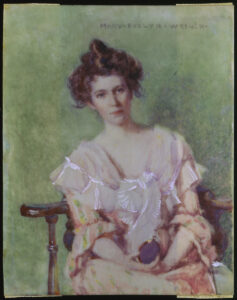Art Windsor-Essex respectfully acknowledges that we are located on Anishinaabe Territory – the traditional territory of the Three Fires Confederacy of First Nations, comprised of the Ojibway, the Odawa, and the Potawatomi. Today the Anishinaabe of the Three Fires Confederacy are represented by Bkejwanong. We want to state our respect for the ancestral and ongoing authority of Walpole Island First Nation over its Territory.
- Home
- Exhibitions + Displays
- Venus and Mars: Drawings by Tom Regenbogen
Venus and Mars: Drawings by Tom Regenbogen
January 17, 2009 - April 5, 2009
AWE Gallery
The “Battle of the Sexes” refers to the struggle for power between men and women. The idiom first appeared in the mid-20th century in reference to a popular series of cartoons by American humorist James Thurber. The phrase became ubiquitous after the 1959 film Battle of the Sexes, which was based on Thurber’s short story The Catbird Seat. Whether humorous or serious in intent, descriptions of conflict between men and women have been around since the beginning of time. Despite attempts by the women’s liberation movement to minimize these differences, current gender research suggests that men and women think and act quite differently after all.
Windsor artist and educator Tom Regenbogen has known this for some time. In the series of drawings that comprise this exhibition he examines the way in which men and women communicate with each other with varying degrees of success. Even his artistic processes express the often factious nature of communication among couples. Using stark black marker and contrasting white-out correction fluid, each composition develops like an argument through a process of drawing and erasing, cutting and pasting, repeating and copying. Finally, after all the back and forth, the image is digitally scanned and printed on photo paper.
Despite the challenges to clear communication that thest drawings suggest, within each richly-textured allegorical composition, men and women present symbollic attributes to each other in an attempt to bridge the gender gap. The guys wear masks, fly like angels and stand next to animals to suggest their strength to women. Women, in contrast, appear more composed, sporting a variety of costumes and carry large bouquest. The figures are like a troupe of actors who perform myths about love, life and sexuality. But the drawings aren’t illustrations of specific stories. Instead, Regenbogen channels his subconscious impressions of the duality of sexual difference. He uses signs, symbols, and patterns to suggest a theatrical form of communication between performers and images they project to each other.
The struggle of men and women to understand each other is an universally understood theme. Differences may dominate but through it all strong connections are forged. Underlying the inability of men and women to communicate effectively is a deeper truth: all people are essentially alone. Men may not be able to communicate well with women, but they also have difficulty communicating with each other. The “battle of the sexes” demonstrates just how isolated people are in general and the constant desire to bridge the gap.





